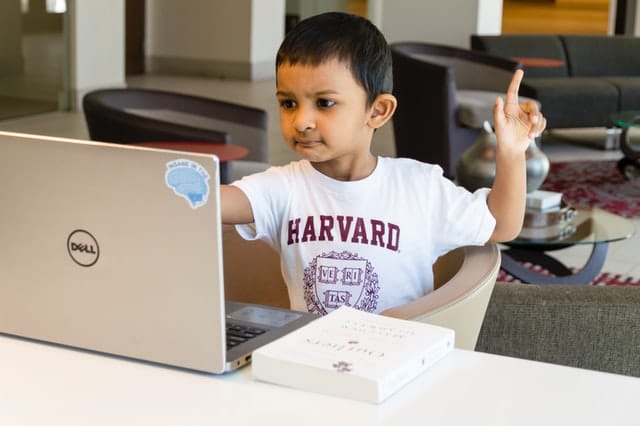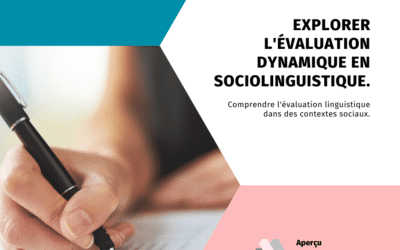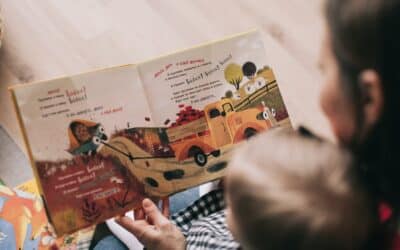Effective Strategies for Teachers, Educators, and Practitioners Working with Non-Native English Speaking Children
Enhanced Communication: What Is It?
Enhanced communication is a dynamic approach where you do not merely speak to children in one language. Instead, it involves constant and quality interaction between the child and you. The goal is to enrich the communication experience by using open-ended questions, comments, restructured dialogues, and translanguaging techniques. Visual and interactive supports are also integrated to make the experience more immersive and engaging.
Key Strategies of Enhanced Communication
- Maintaining the Home Language: Encourage parents to speak in their home language at home, as maintaining the home language is crucial for the child’s well-being and identity. This creates a solid foundation for overall language development and allows for knowledge transfer when learning the second language.
- Providing Time and Repetitions: Give the child more time to process information and frequently repeat instructions. This helps them better understand and remember new information.
- Validation and Reformulation: Validate instructions by asking the child to repeat or reformulate them. Also, repeat and reformulate the child’s responses to reinforce their learning.
- Using Gestures: Integrate gestures when you communicate to support understanding and encourage the child to respond using all their means: gestures, single words, or in their home language.
- Visual Supports: Use images, objects, or organizational diagrams to explain concepts. Visual supports help children better understand and remember information.
Techniques Used
Open-Ended Questions
During each interaction, ask open-ended questions that encourage the child to think and develop their responses. For example, ask “Why do you think that happened?” or “What do you think will happen next?”
**Concrete Example:** During a reading session, if the story involves a character facing a challenge, you might ask, “Why do you think the character feels that way?”
Extensions
If the child responds simply, enrich their response. For example, if the child says “tree,” you could respond, “Yes, it’s a big tree with green leaves and birds.”
**Concrete Example:** If a child says “car,” you could extend by saying, “Yes, it’s a fast red car driving on the road.”
Validations
Validate the child’s responses to strengthen their learning. If the child says, “She is running,” you can validate and add, “Yes, she is running very fast to catch the red ball.”
**Concrete Example:** When a child says, “The boy is happy,” you can add, “Yes, the boy is happy because he found his lost toy.”
Visual and Tactile Supports
Use images, objects, or gestures to illustrate concepts. If you are talking about a cat, show a picture of a cat or mime a cat to make the idea more concrete.
**Concrete Example:** If the lesson involves learning about fruits, you could display real fruits or pictures of fruits to make the concepts more tangible.
Why Use These Techniques with Non-Native English Speaking Children?
In the field of education, and particularly with non-native English speaking children, enhanced communication offers several advantages:
- Vocabulary Development: Introducing and reinforcing new words in multiple languages.
- Improvement in Comprehension: Helping children make connections between words and their meanings in various contexts.
- Encouragement to Communicate: Promoting interaction and verbal exchange, which is essential for acquiring new languages.
- Strengthening Academic Skills: Working on the children’s ability to understand and use academic vocabulary.
A Practical Resource for You: Bilingual Communication Activities
For additional stimulation activities, I highly recommend the resource Intercultural Education and Linguistic Diversity available on the University of Montreal’s website. This resource offers various stimulation activities for young children in kindergarten or early first grade. It’s a simple and easy-to-use resource that will help you stimulate language, understanding, and cultural awareness in young learners.
To access this resource, click on the following link:
Intercultural Education and Linguistic Diversity
Learn More About the Training
To deepen your skills and discover other techniques, I offer a comprehensive training course on working with bilingual children. This pre-recorded training covers effective strategies in detail to support the language development of these children.
For more information about this training, click on the following link:
Bilingual Child Training: Effective Interventions (Pre-recorded)
Free Resources and Invitations
To discover more practical strategies and access free resources, be sure to visit my new website. There you will find infographics, videos, and much more. And of course, sign up for my interactive webinars for a rich and engaging learning experience.
Ready to Take the Next Step?
If you are ready to transform your practice and see tangible results with your young non-native English speaking students, don’t miss this opportunity. Together, we can make a significant difference in the language development of the children we support.
I hope this guide will be useful to you! For any questions or to learn more, feel free to contact me. Together, we can enrich the educational experience of non-native English speaking children.



